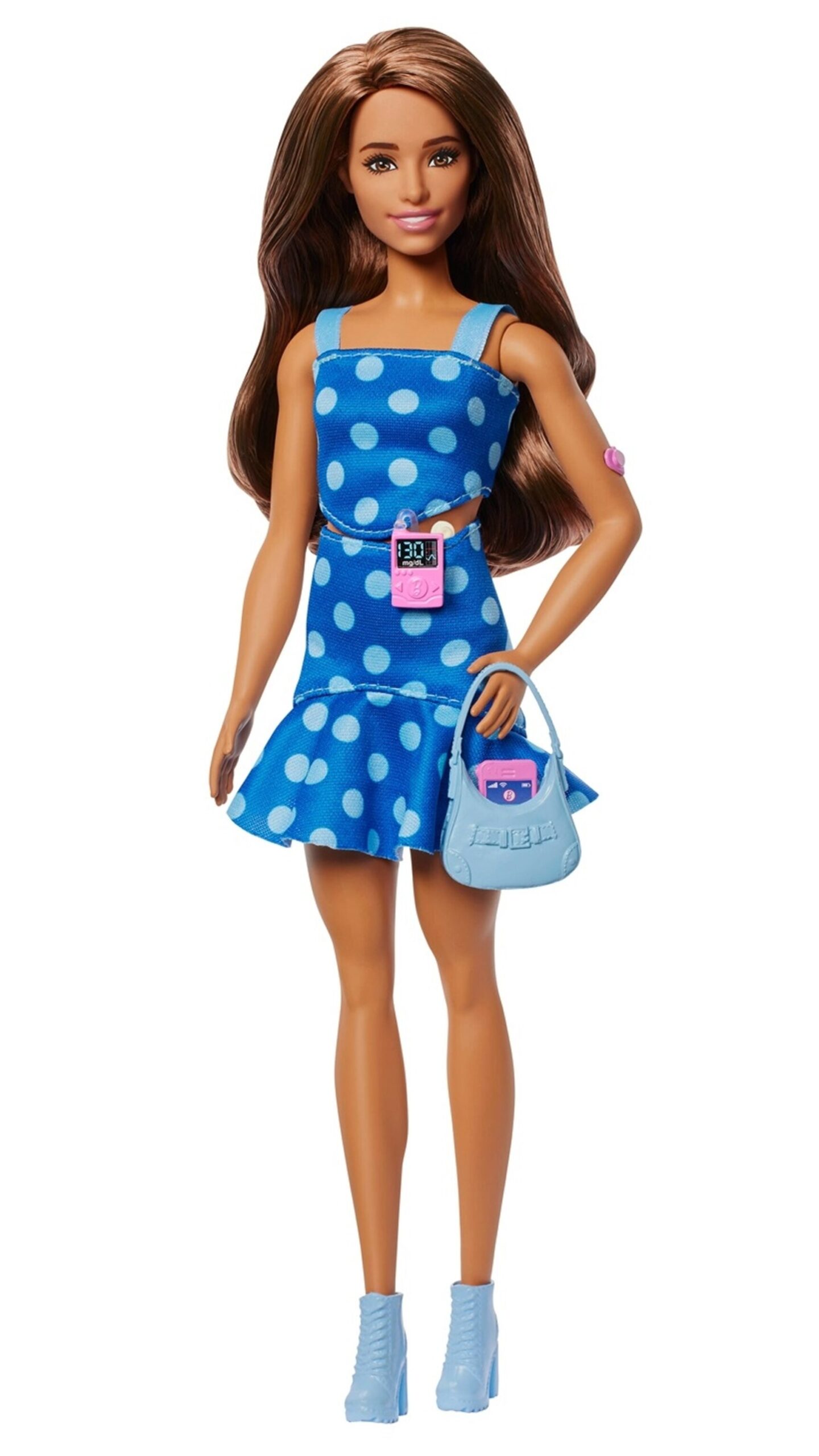
Introduction: A New Era of Awareness
In recent months, the Barbie Doll brand has taken significant steps to promote awareness of diabetes, a condition that affects millions of individuals worldwide. With approximately 4.9 million children living with diabetes in Europe alone, the campaign aims to shed light on the challenges faced by children managing this chronic disease. Through a newly released Barbie doll that represents a young girl with diabetes, the initiative strives not only to raise awareness but also to foster understanding and empathy among children and parents alike.
The Barbie Doll Diabetes Initiative
The Barbie doll featuring diabetes comes equipped with an insulin pump and other accessories that depict the daily life of a child with the condition. This innovative approach allows children to engage and learn about diabetes in a fun and relatable way. According to healthcare experts, early education about diabetes is crucial as it can lead to healthier lifestyles and better understanding among peers. The doll is designed to encourage conversations about diabetes at home and in schools and aims to normalise the dialogue surrounding the condition.
The initiative has gained traction in various regions, with Barbie partnering with diabetic organisations and child health experts to promote awareness. Programs featuring the doll have been introduced in select schools, offering materials and activities centered around diabetes management. The response from parents and educators has been overwhelmingly positive, with many highlighting the importance of representation and education in reducing stigma.
Significance and Future Implications
This campaign not only provides a platform for educating children about diabetes but also represents a broader trend in the toy industry towards inclusivity and awareness. As children’s products increasingly reflect real-world issues, the hope is that toys can play a significant role in shaping positive societal attitudes towards health and disability. With the success of this initiative, there may be future collaborations between toy brands and health organisations to create more educational products.
In conclusion, the Barbie Doll diabetes initiative stands as a significant step in raising awareness for a condition that often goes misunderstood. By introducing a doll that represents the experiences of diabetic children, the campaign will contribute to increased visibility and dialogue surrounding diabetes. As efforts continue, the expected impact on children’s understanding and perception of diabetes could lead to a more sympathetic and informed generation.
You may also like

The Rising Threat of Super Flu: What You Need to Know

Baroness Longfield: A Voice for Children in the UK
